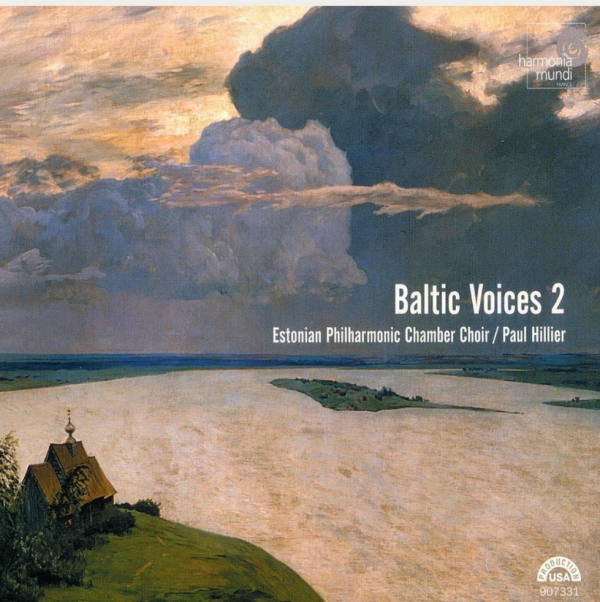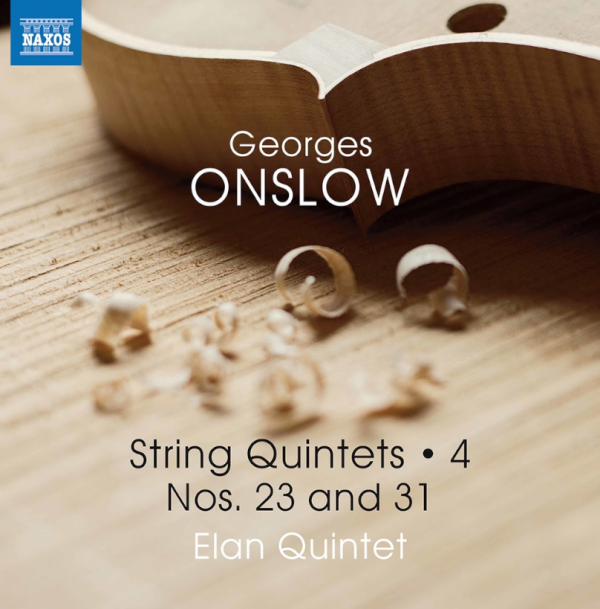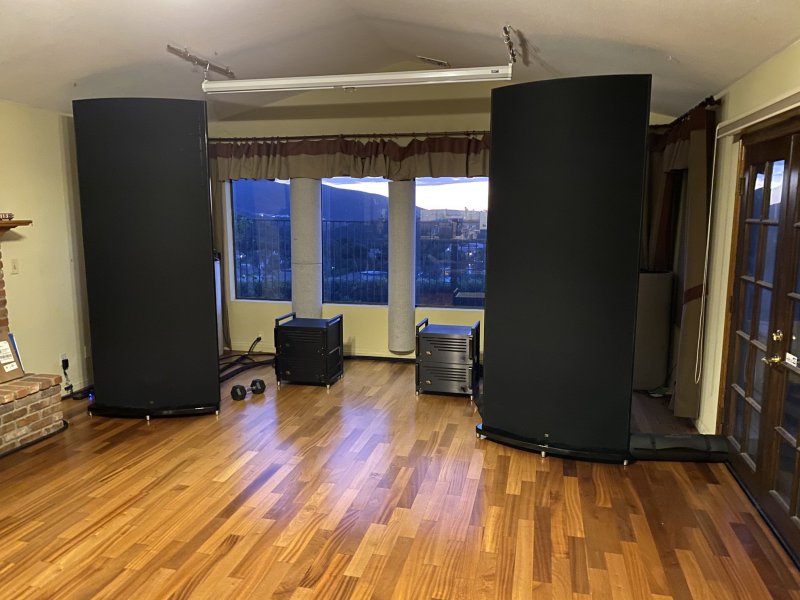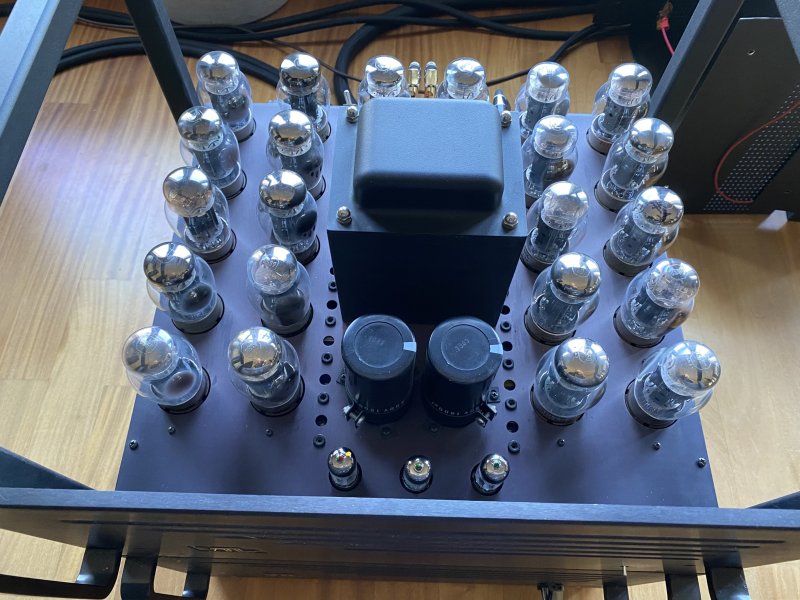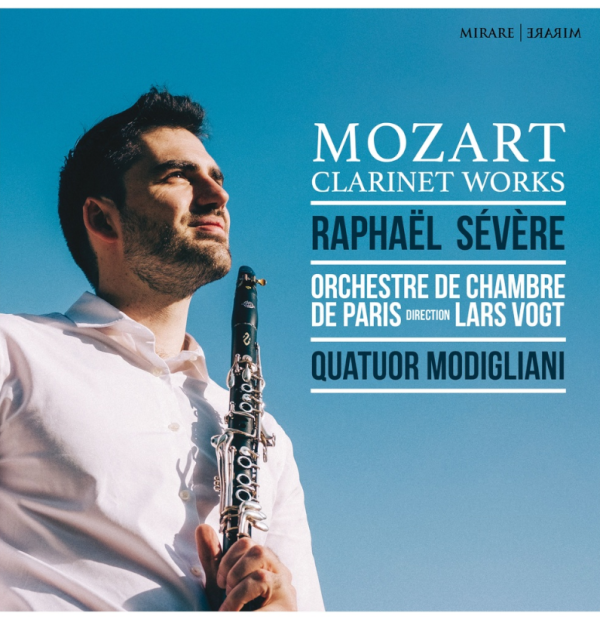There's a new Eversolo A10 out that supposedly improves on the A8....still very reasonably priced at 3800.00.Time for a system change with my Soundlab G9-7c’s. It’s always instructive to move from tubes to solid state gear. I’m now listening to my SL’s with a relatively inexpensive streaming preamp, the Eversolo DMP-A8, the bargain product of the decade whose measured performance leaves most other products in the dust. It’s driving a pair of relative small but very powerful D-Sonic 1500 watt class D monoblock amplifiers. The SL’s need a lot of power, especially in the bass region where their impedance is around 30 ohms.
These two products cost a small fraction of my regular setup with the Lampizator Pacific plus the ARC 6SE preamp driving the ARC 750SE behemoths. So, how do these compare? I’ll be commenting more on this new setup in the days to come. Short summary: if you have the space for the big SL’s, you can skimp on the pricey Lamp and ARC tube electronics. No, the sound is not the same, of course. Class D amplifiers are a bit airless in the midrange and treble and there’s a bit of compression, despite the huge power on tap. The Eversolo is an absolute steal for the price, combining a state of the art streamer, DAC and balanced preamplifier. It can compete with products 50x its price. But it too has a certain reserved character to its sound. The combo sounds a bit buttoned down in character compared to the massive ARC and Lampi electronics, but you save a lot of money, space, heat, power and aggravation.
View attachment 142305
View attachment 142306
Might be something to try in your excellent system.





















